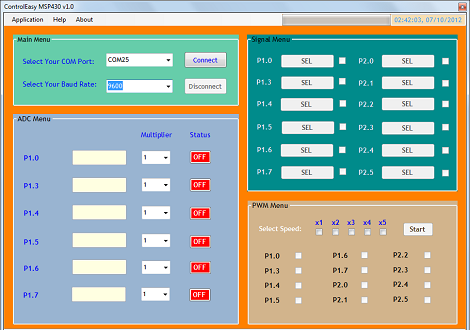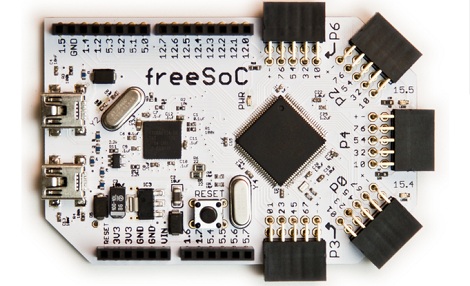Many have tried to put together an easy package for running software defined radio packages on the Mac. Not many have succeeded the way [Elias]’ port of the gqrx SDR package has. It’s simply the easiest way to get a software defined radio up and running on the mac.
gqrx is a front end for the very popular GNU Radio software defined radio toolkit. Originally designed for the FUNcube SDR dongle, gqrx can also be made to work with one of the many, many USB TV tuners that have come out of China this past year for use as a software radio.
[Elias]’ port of gqrx isn’t the first app to put software defined radio on the Mac, but it certainly is the easiest. Simply by downloading [Elias] disk image, plugging in a TV tuner dongle, and starting the app, I was able to have a software radio receiver on my MacBook Air in less than a minute.
Everything required by GNU Radio and gqrx is already included, making this the easiest way to get SDR on a Mac. Very awesome work from [Elias], and we thank him.





















